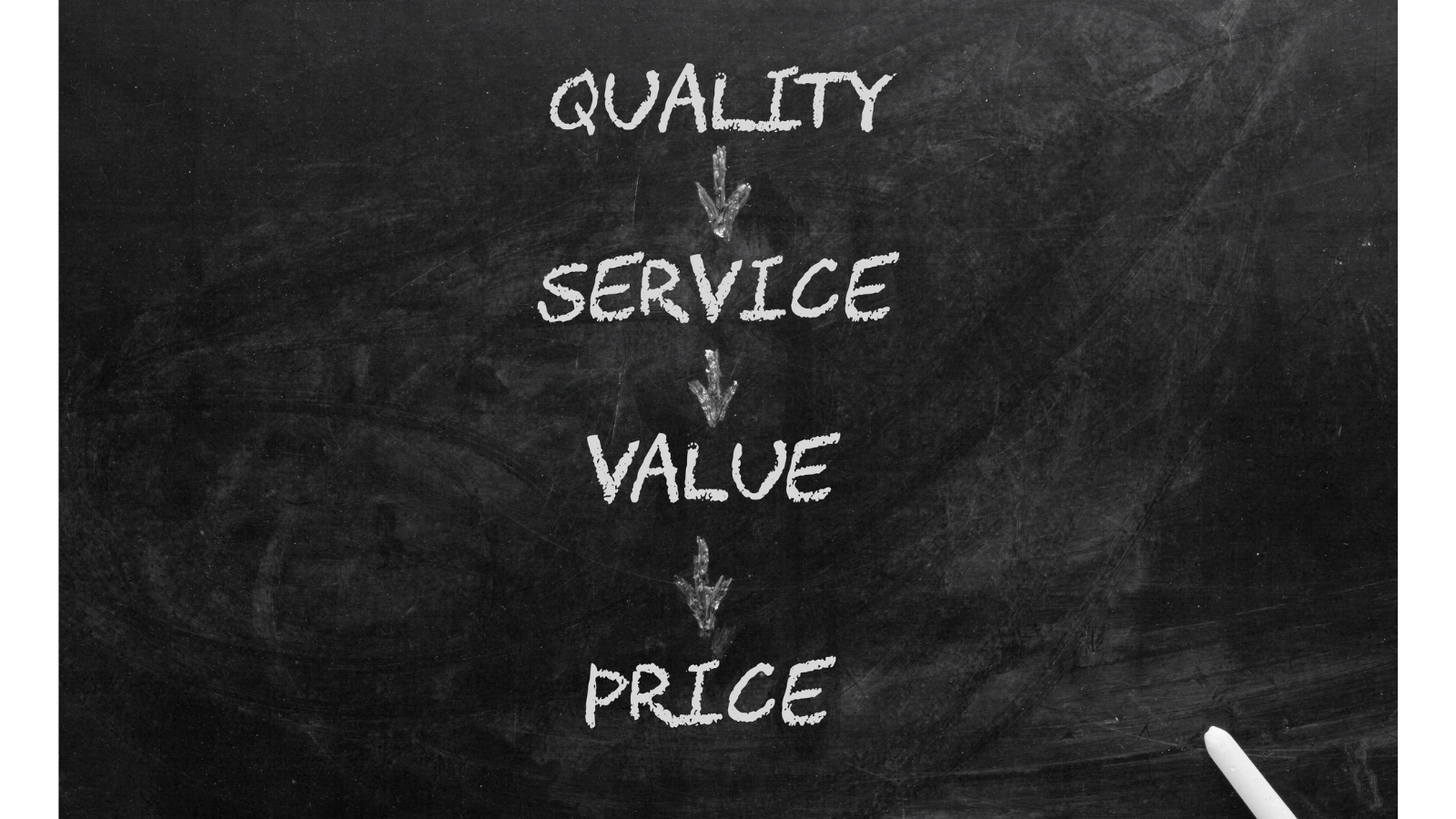
When it comes to making purchasing decisions, price is often at the forefront of our minds. As a business, sticking to a budget is essential to keep things running smoothly. Understanding cash flow and balancing expenses is a fine art. While we all know the saying, “you get what you pay for,” it’s also true that sometimes even high prices can lead to disappointment. No one wants to overpay for services they don’t need.
Realities About IT Pricing
- If you’re unhappy with your current IT provider or have previously lacked adequate solutions and protections, your previous year’s budget won’t fit your current needs.
- Every IT provider is different. Shopping for the lowest price often leads to disappointment because the quality and capabilities vary widely.
- Poor IT solutions or providers that lack proper processes can lead to inefficiency, downtime, and exposure to cybersecurity threats, ultimately costing you more money.
- Government regulations, insurance requirements, increased cybersecurity needs, and inflation are driving up the cost of IT services.
Ten Strategies to Reduce IT Support Costs
- Invest in Quality Hardware: Purchase high-quality hardware and keep it under warranty to minimize long-term costs.
- Minimize IT Devices: Reducing the total number of IT devices will also lower your IT costs.
- Understand IT Policies: Knowing your own IT policies helps avoid unnecessary purchases and wasted time.
- Adjust Expectations: Reducing expectations or needed features can lower costs.
- Accepting Risk: Taking more risks in terms of potential downtime, inefficiency, or data loss can be a cost-saving strategy, though it comes with its own dangers.
- Simplify IT Environment: Reducing the complexity of your IT environment, potentially through cloud solutions, can save money.
- Service Wait Times: Being willing to wait longer for service can reduce costs.
- Internal IT Management: Spending more time addressing IT issues internally before seeking external help can save money.
- Proactive Problem-Solving: Resolving issues before they become bigger problems is always more cost-effective.
- Doing Things Right the First Time: Investing in proper solutions initially prevents costlier fixes later.
Whenever I shop online, I dive deep into understanding the must-have features versus the nice-to-haves. I Identify my needs and wants then search across the web, looking for products that qualify. Sometimes I find products that almost have what I want, but they fall short. I am then presented with a choice, Do I take a chance and see if I’m happy saving a little money, or do i purchase the solution that is a bit more expensive but has the quality and features I need.
Now, imagine this scenario with IT services – it’s a whole different ball game. A bad decision here isn’t just a click-and-return situation; it can have lasting repercussions. Often, you don’t even realize you’ve picked the wrong provider until it’s too late to back out. That’s why it’s essential to dive deep into your research, pinpointing the best solutions, the most reliable provider, and the features you really need.
But here’s the kicker: the true cost of IT services goes far beyond just the price tag. You need to factor in the time spent, the inefficiencies, the stress, the risks, and even your reputation. Each of these elements can significantly impact your overall investment and success. So, before you commit, make sure you’ve done your homework. The right choice can make all the difference.
A discovery call with your prospective IT provider should allow you to quickly identify whether they fit your needs. Verify these three items:
- Solution Fit: Is the needed solution well-defined and adapted to fit your needs and risk tolerance?
- Provider Capability: Is the IT provider capable of consistently delivering all expected results?
- Affordability: Is the solution provided at an affordable price?
When you can confidently answer “Yes” to each of these questions, you can be sure you are making a good choice in your IT support provider.


